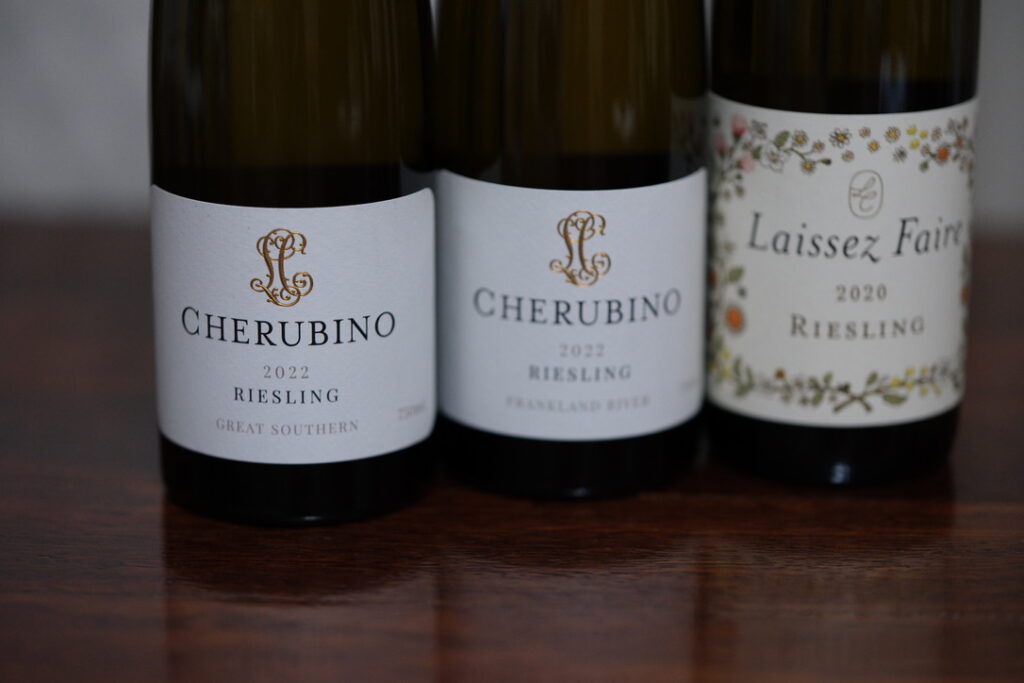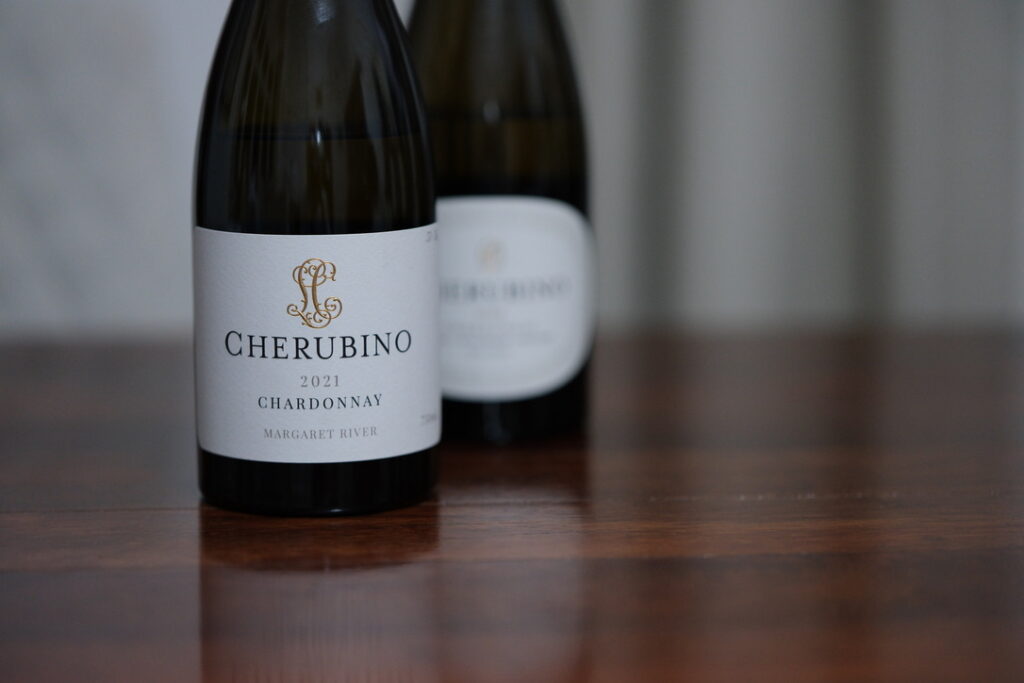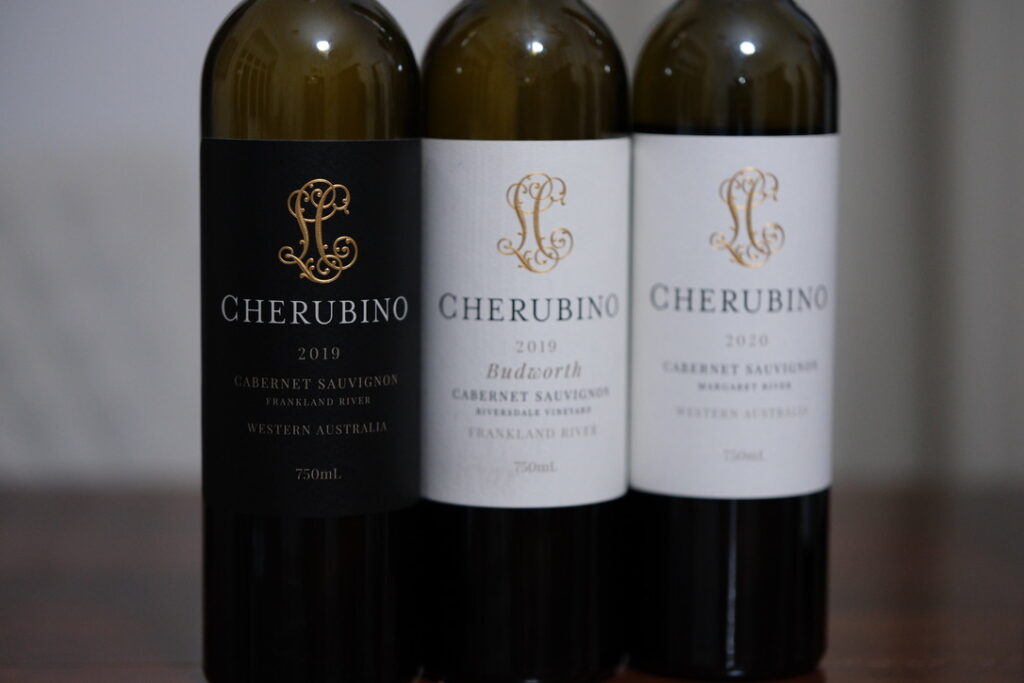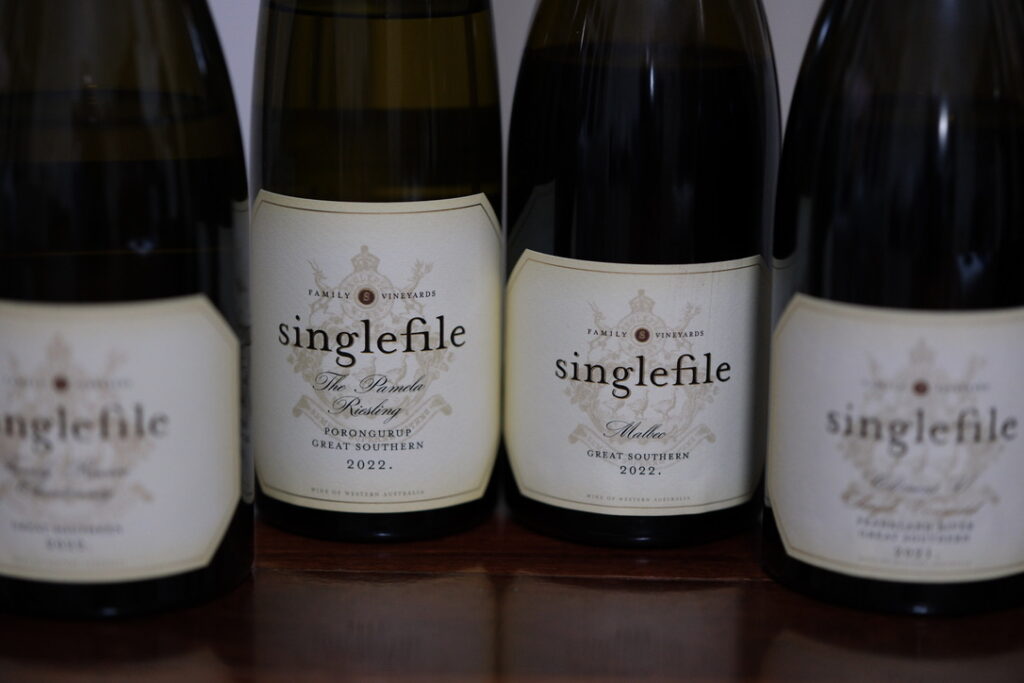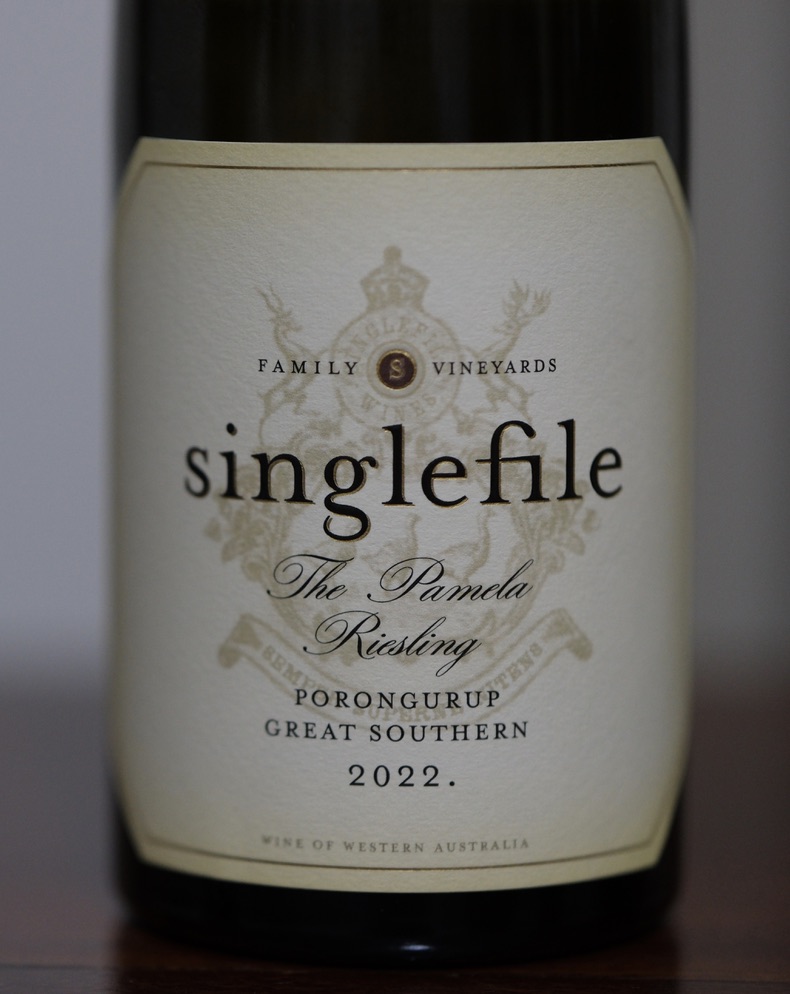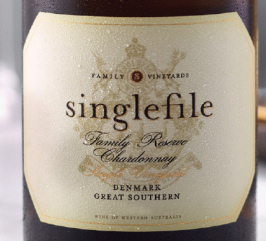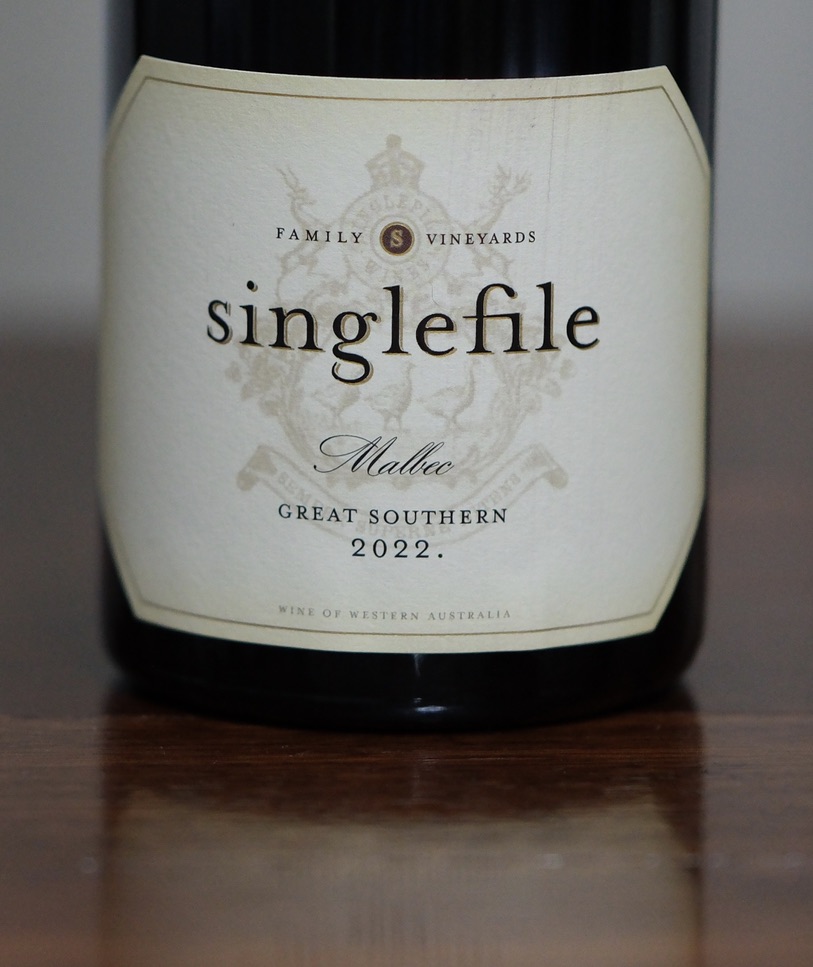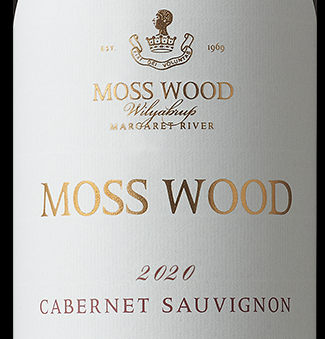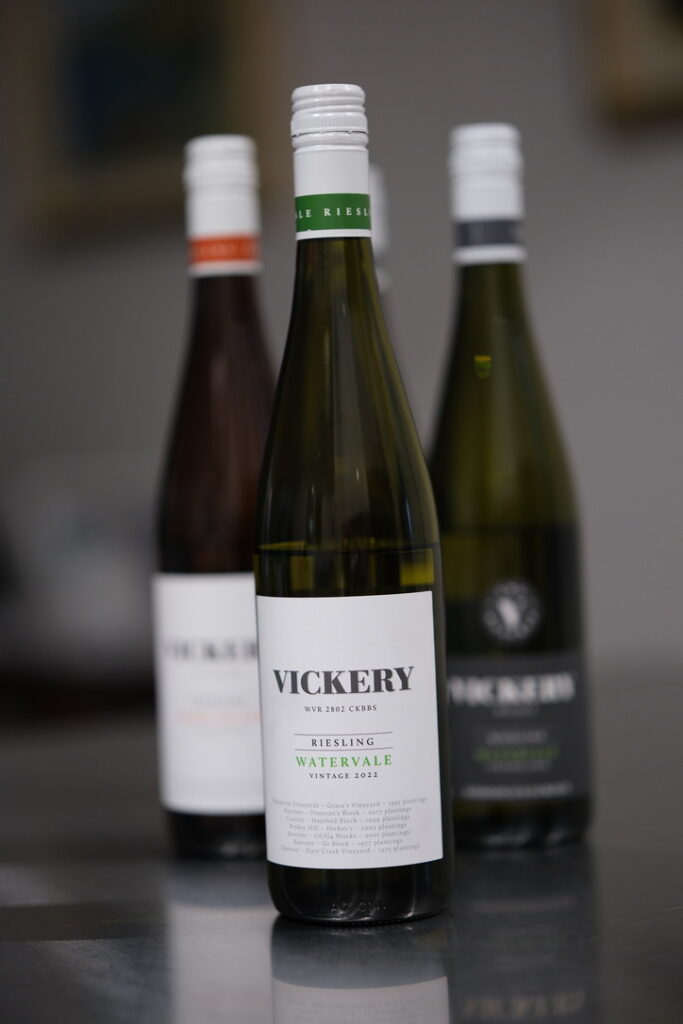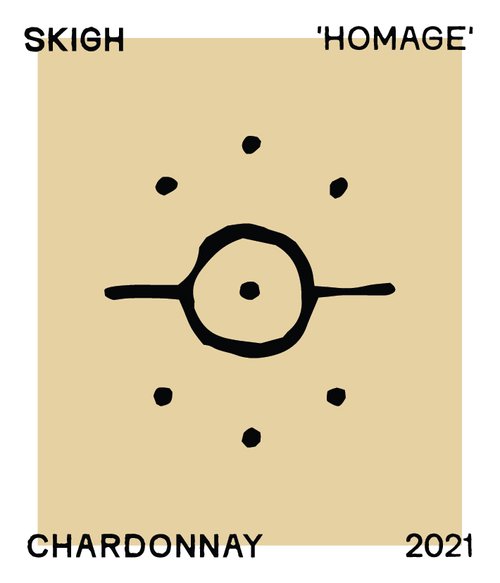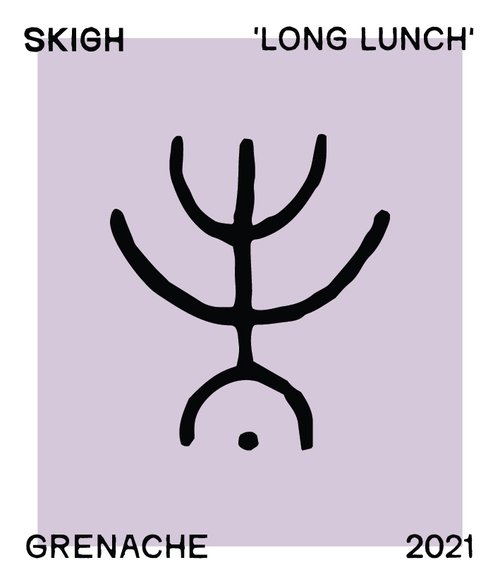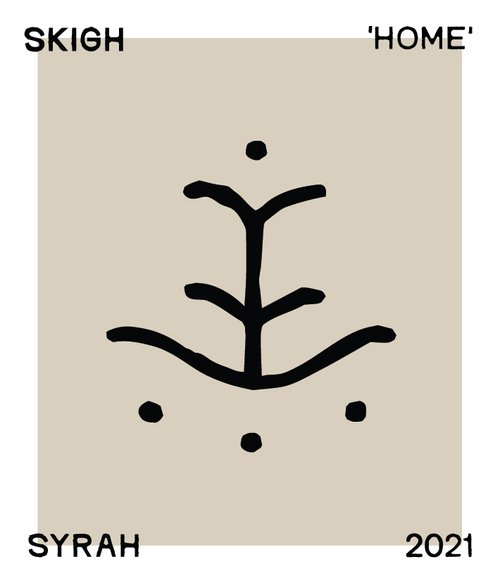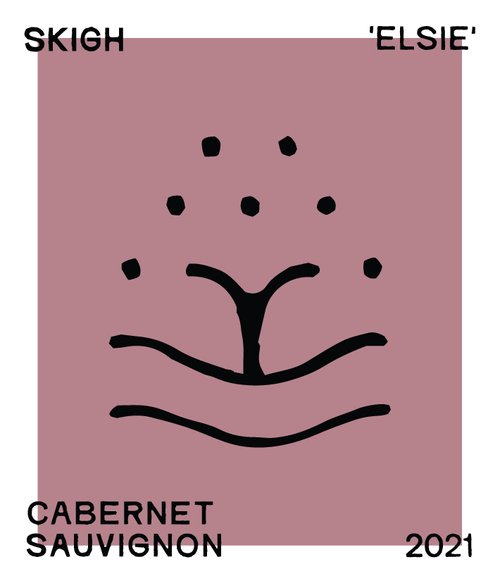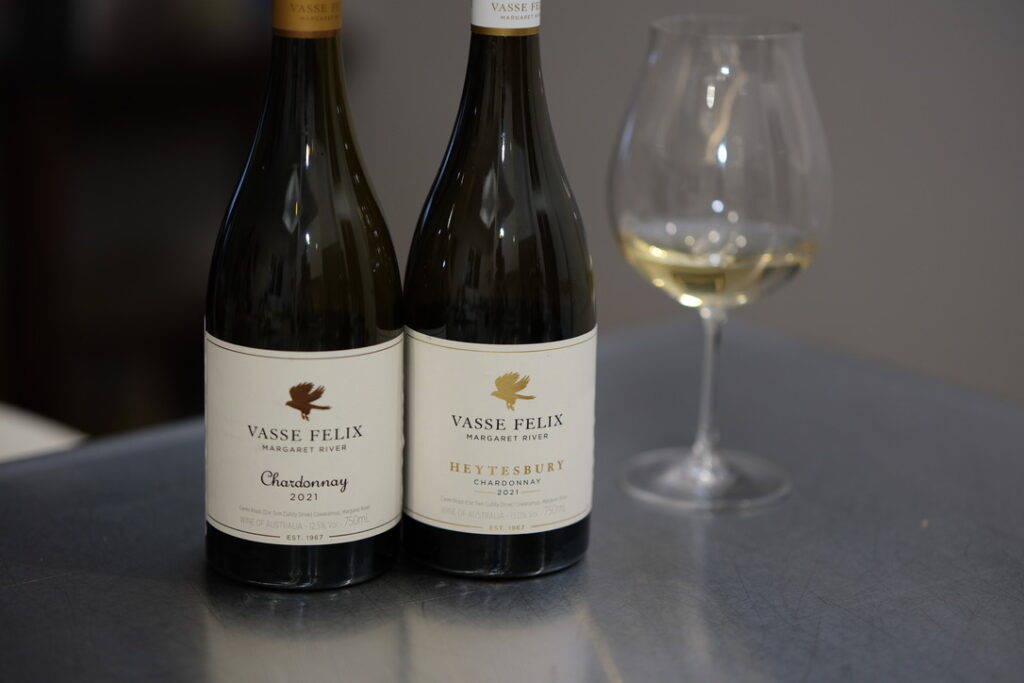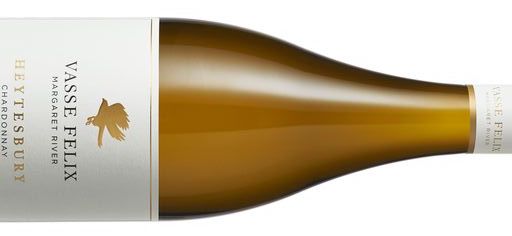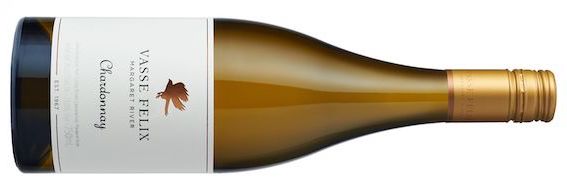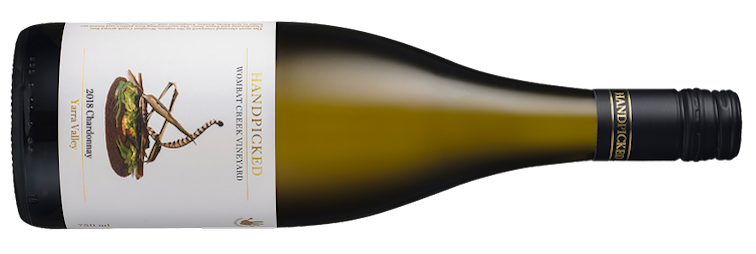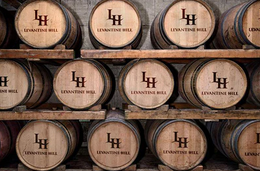Fervor Wines: by the Garland Project.
Barry Weinman: 10th May 2023
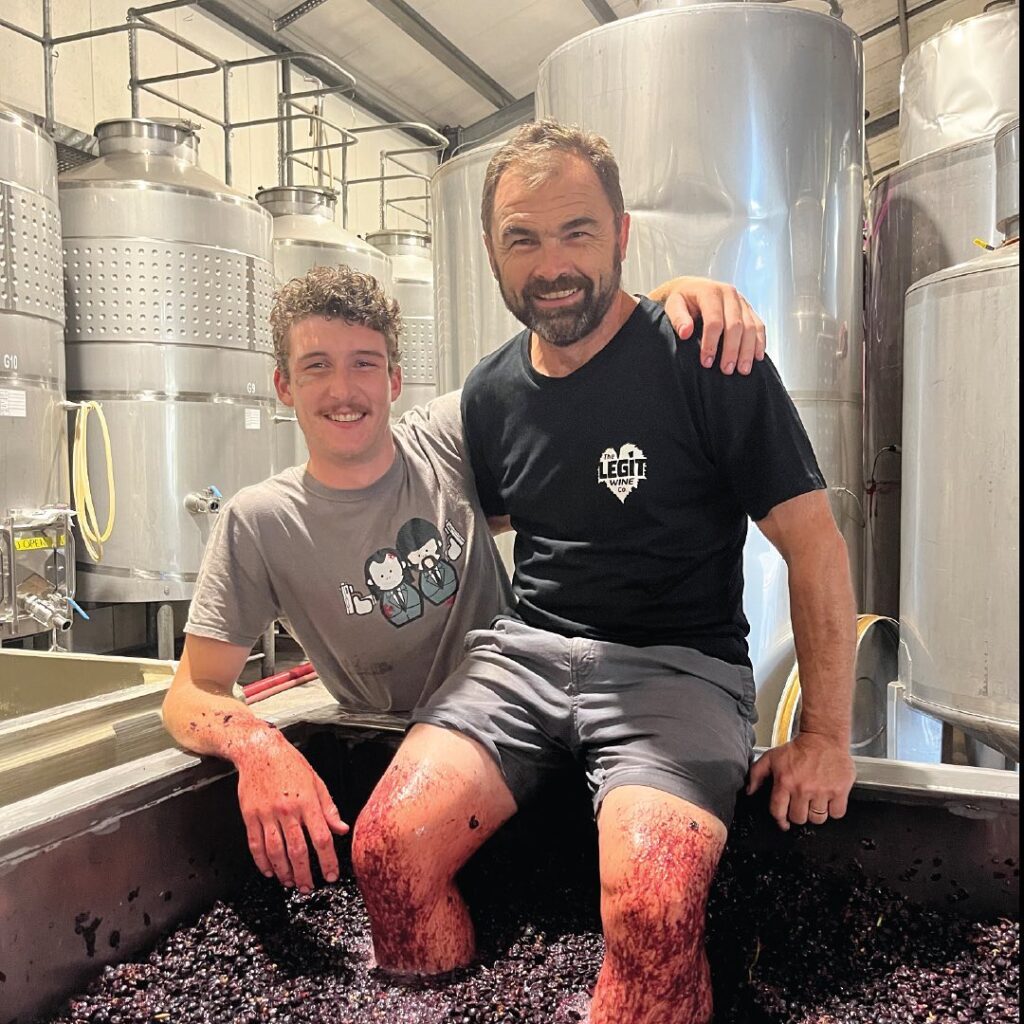
For aficionados of Western Australian wine, Mike Garland needs no introduction. Recently, Mike has taken on the head winemaker project at Plantagenet, and has also branched out with his son, Callum, to release a range of wines under the Fervor Label.
Callum is a winemaker at Lethbridge and is responsible for the Victorian wines, whilst Mike is responsible for the Western Australian wines in the range.
For the WA wines, Mike has tapped into his network of growers to secure quality fruit from Frankland, Mt Barker, Albany and Pemberton.
The fruit for the Victorian wines come from Mildura.
N.B. The wines were tasted with the winemaker (rather than blinded), so the points are a guide only.
Reviewed
Fervor – Dokta Nova – Riesling – 2022. Opens with gentle citrus, supported by a vein of minerality. In the mouth, the lovely aromatics build, gradually transitioning to supple phenolics on the back palate. The texture was aided by the addition of the pressings which had been barrel fermented prior to blending. Very smart. 500 dozen produced. 93pts – $25.
Fervor – Nonna Diana – Vermentino/Fiano – 2022. A fascinating wine that spent four days on skins prior to ferment, followed by spending a few weeks in high quality French oak (to season the oak prior to use by Lethbridge). The oak adds plenty of aromatics but has not picked up the astringency that extended oak aging can bring. The aromatics, textural components and oak all come together into a delicious drink that would support a variety of foods. 92Pts – $25.
Fervor – Julietta – Chardonnay – 2021. Fruit for this wine comes from the Singlefile vineyard in Denmark, with rumour having it that it was the same fruit that went into the Vivien, albeit with a slightly different picking regime. The hand-picked fruit was whole bunch pressed and the resultant wine smells very serious, with complex curry leaf minerality over the ripe fruit notes. The palate has an explosion of ripe fruit, with the oak still settling back into the wine. Needs a year or two but will be quite superb. 55% new French oak, partial malo. 95pts – $75.
Fervor – Nonno Lou – Nero d’Avola/Sagrantino. Juicy, plump and succulent, with cherry/berry fruit supported by refreshing tannins and acids. Food friendly and fun. 91pts – $25.
Fervor – Edward – Shiraz – 2021. The fruit for this wine (Clone 470) comes from the Swinney vineyard. 20% underwent whole bunch fermentation, and the wine was aged in 50% new French oak. Very pretty now, with wonderfully fragrant fruit. The palate is a blend of savoury complexity and primary fruit. It comes across much darker and more brooding than the nose initially suggests, and the finish is textural and taut. Leave it a decade if you can. 95+pts – $75

